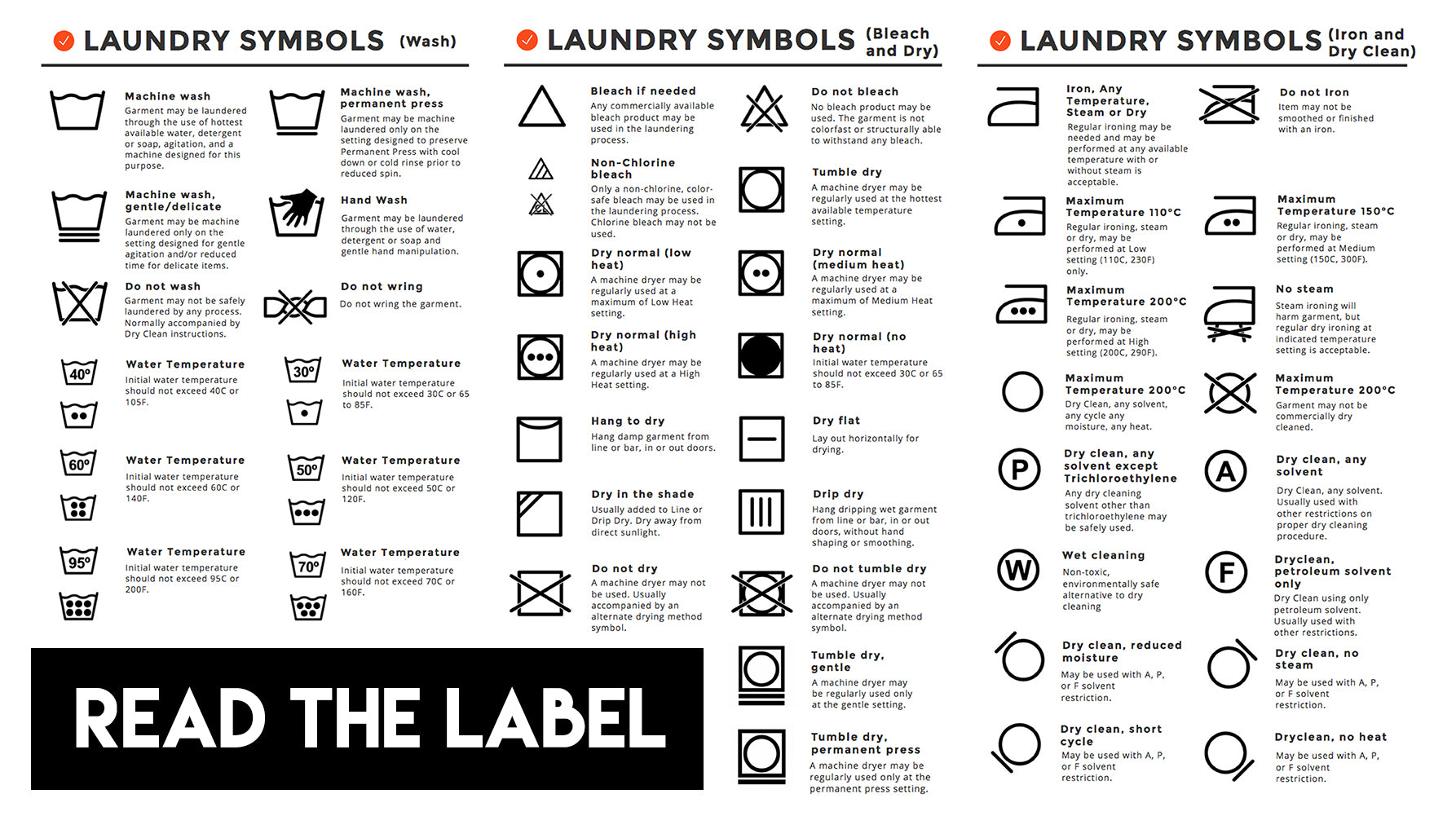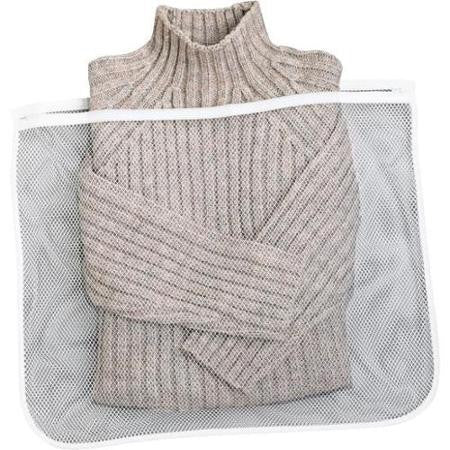How To Care For Your Sweater Knitwear
We all love our knits when winter comes around and we bundle up in sweaters to stay warm. But how many times have you thrown/given away your knitted garments because they started smelling, pilling or stretched out of shape? Guess what? With proper care, you can make your favorite sweaters last for many winters.
1. READ THE LABEL
While most knitwear designers err on the side of caution when it comes to care instructions for knitwear, it’s not all that scary. First it helps to understand what all those cryptic symbols are and what the coded instructions mean. The best thing you can do for yourself and for your clothes is to READ THE LABEL. It’s easy to think of care labels as helpful suggestions and not careful instructions for the upkeep of the garment. Do this and you might end up ruining your favorite sweater. To make your lives a little easier, I’ve made this helpful infographic explaining what each laundry symbol means. Print it out and put it up in your laundry room because I promise it’ll come in handy. You can print the chart here.
 LAUNDRY SYMBOL CHART
LAUNDRY SYMBOL CHART
2. WASH, DRY AND IRON
It first helps to understand the fabric that you're caring for. Knitwear is made by interlocking yarns which gives it the stretch and texture. The structure of knitwear isn't as rigid as woven fabrics and hence has to be cared for differently.
Most knits in general are machine washable on a gentle or hand wash cycle with cold water.
- Turn your piece inside out before washing it.
- You can wash your sweater pieces on the gentle cycle for 5 minutes in a mesh bag. Remove it after five minutes. If you want to wash more than one piece at a time, simply put each one in a separate mesh bag. You can buy them here.
- If you don't have a washing machine with a gentle cycle or timed washing setting, you can also hand wash your favorite sweater pieces in cool water.
- Use special laundry detergent to hand wash, or use baby shampoo!
- Do not leave it soaking for more than a few minutes.
- Gently squeeze or press out the excess water – do not wring!
- Lay flat to dry.
- If needed, iron on low with garment still inside out

The proper way to dry your knits is by gently squeezing water out of them and then laying them flat on a towel. Roll them up like a sleeping bag to really suck up the excess water. Then lay them flat on a surface to dry. Never wring! You should also avoid heat when dealing with knits - hot water, hot drying and hot iron. If you're going to iron, you should iron on the lowest heat setting.

3. FIX PILLING
All knits, irregardless of the quality, will pill at some point. It is impossible to avoid that. Short or loose fibers on the surface of a fabric tend to tangle together, leading to fabric pilling.
Fabrics like angora or cashmere, are particularly prone to fabric pilling, since they are characterized by plentiful loose fibers.A regular clean does more than just stop the piece smelling: it also brings up the fibres, brings back colour and, perhaps unexpectedly, helps with pilling.
Luckily there's also a quick trick to getting rid of the fluff and saving your knits. It might seem a little scary and bit unorthodox but it definitely works. Are you ready for it? The trick to fixing pilling on knits is...SHAVING! It's not as crazy as it sounds. Grab a sharp disposable razor and run it over the surface (carefully of course) of any of your knit garments and see the bumps and balls of fluff just disappear.

(Image courtesy LovelyBicycle)
For those of you who are a little squeamish about this method, there is a sophisticated alternative that won't lead to an anxiety attack. These tiny portable electric garment shavers work much the same way as the razor but you won't risk damaging your garment. You can buy them here.

(image courtesy Goodhousekeeping)
4. STORE IT THE RIGHT WAY
Storing your knits is a very important factor in preserving them. Ever noticed that your sweater or knit dresses have stretched out of shape? This could have happened because they were hung or stretched when wet. Because of the way knits are made they are very susceptible to changing shape. The best way to store your knits is by folding them and stacking them, in a DRY place. I emphasize on the word dry because wetness could cause mildew and that nasty smell you want to avoid. Go that extra mile for those cashmere or angora pieces by wrapping them in tissue before storing them away for next winter.

(image courtesy Livingrichwithcoupons)
If you prefer to hang your clothes to make them easily accessible there's a technique to hanging knits that won't stretch them out.
Step 1: Fold your sweater in half.
Step 2: Place the hanger hook in the armpit, and fold the waist and sleeves over the hanger.

(Video courtesy Quicklifehacks)
5. FIX LOOSE YARNS
All of us have snagged a sweater or a dress at some point. Instead of giving up on the garment all together, here are two quick tutorials on how you can fix that loose yarn:

